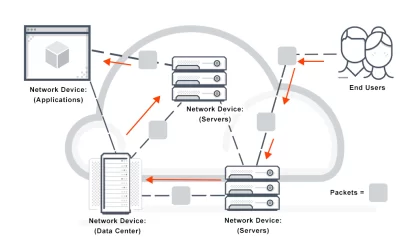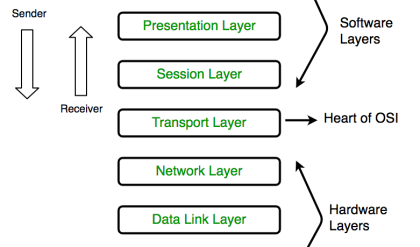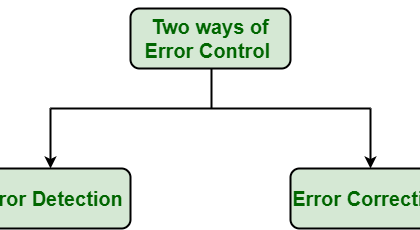Categories of QoS are shown in the following Figure: QoS Categories. All the services provided to the subscribers through network are associated with the quality of service of the network.

There are expected values, designed values of QoS and we need to measure QoS parameters. Those QoS statistics are connected in a chain as shown in the Figure: QoS Cycle.

Network Efficiency is also a measure of QoS. And it is measured as follows.
· Network Efficiency = (Carried Traffic at Busy Hour) / (Capacity at 2% GOS)
Definition for Grade of Service (GOS): Percentage of attempts which are allowed to be blocked in the network when considering the availability of circuits (CICs) when calls are to be made. The capacity for a particular GOS, with the presence of particu lar number of circuits can be found from the Erlang B table. Considering the Key Performance Indicators (KPIs), it can be defined as KPIs related to successful initiation of a call and successful termination of a call. Here are some KPIs;
· SDCCH (Standard Dedicated Control Channel) Accessibility: successful capture of a SDCCH time slot by the subscriber.
· SDCCH Drop Rate : successful completion of the SDCCH phase and then releasing (loosing) the SDCCH channel.
· TCH (Traffic Channel) Accessibility : successful capture of a TCH time slot by the subscriber in a call attempt.
· TCH drop rate : successful completion of the TCH phase and then releasing (loosing) the TCH.
To keep the performance of the network at a higher level it is required to maintain QoS of the network. It is the responsibility of RAN team. They have defined some threshold values for KPIs. Using them they continuously monitor the whole network every day. There are few
· methods where they can measure QoS of the network mentioned below.Analyzing Daily Traffic Data
· Analyze Drive Test Results
· Observing the daily quality of service parameters using Network Performance Optimizer (NPO) tool
· Monitoring network using OMC-R





